Akiya (空き家) means “empty house” in Japanese. There are 8.46 million million akiya in Japan, which is around 13% of all houses.
While many akiya are owned and managed, others are abandoned and left to rot, so the condition of these houses varies greatly.
Akiya can be any type of accommodation, whether that be modern houses, apartments, or traditional houses (minka).
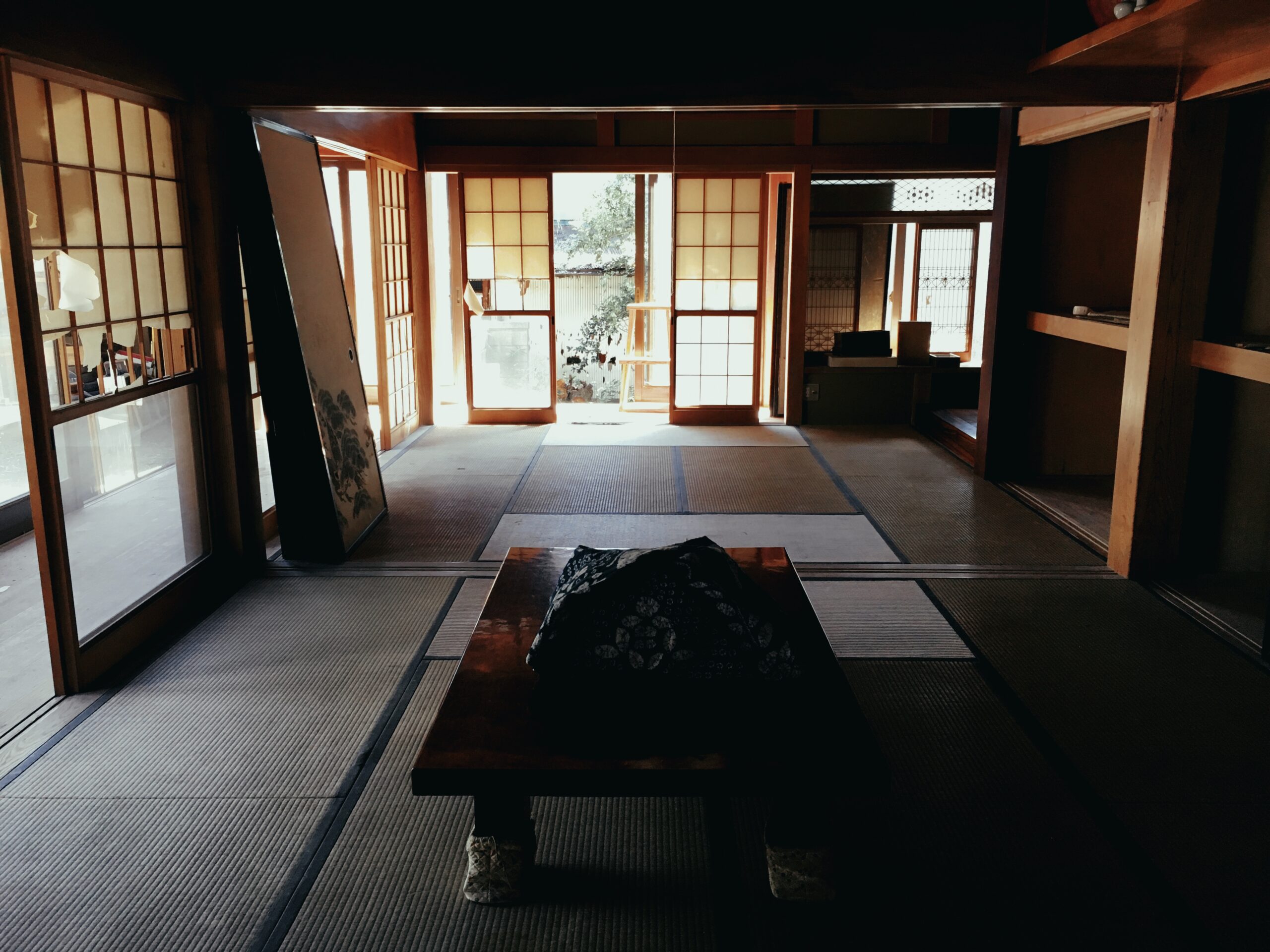
Similar to other industrialised nations, the urbanisation of Japan and the corresponding decline in rural populations has caused an over supply of old houses, as younger people move to cities or commuter towns.
Furthermore, this decline is exacerbated by Japan’s ageing population. In fact, Japan has the oldest population in the world with 28% of the population are aged 65 and above.
Other factors particular to Japan include:
The combination of the above reasons mean that Japanese house prices tend to depreciate outside of popular areas of major cities.
In fact, in many cases only the land may hold some long term value.
In addition, descendants of home owners may decline to inherit property due to its low value, cost of upkeep, and perceived difficulty in selling. Not to mention any outstanding tax or mortgage debts that they would also inherit.
(By the way, inheritance tax is not a factor here as the minimum exemption for inheritance tax in Japan is 36 million yen (USD 270,000), well above what most akiya are worth.)
As a result, some houses become abandoned, with current laws making it difficult for local authorities to sell or demolish derelict homes, and resell the land.
All of this contributes to a downward spiral of low demand and low prices for used homes, which can push the prices of some properties to 0 yen!
But the main issue is that akiya have become a blight on the landscape and the communities in which they are located.
Akiya are also a waste of resources – old houses are left standing empty and unused, along with the land upon which they are built, all the while new construction continues.
Moreover, among the akiya, historically significant minka are being abandoned, bulldozed, and lost.
The abundance of akiya presents an opportunity for those that want to buy a property cheaply, can work locally or remotely (i.e. don’t need to commute to a city), are retired, or are seeking a second or vacation home.
On the other hand, the low potential selling prices of akiya reduce the incentives for owners and real estate agents to put these houses onto the market.
Therefore, it is estimated that only 2% of akiya are listed for sale.
However, many akiya are probably not worth saving, and those that are may require some renovation to make them comfortable to live in.
While this market problem provides a potential space for innovative business solutions, local governments are also stepping in to try to solve the akiya problem.
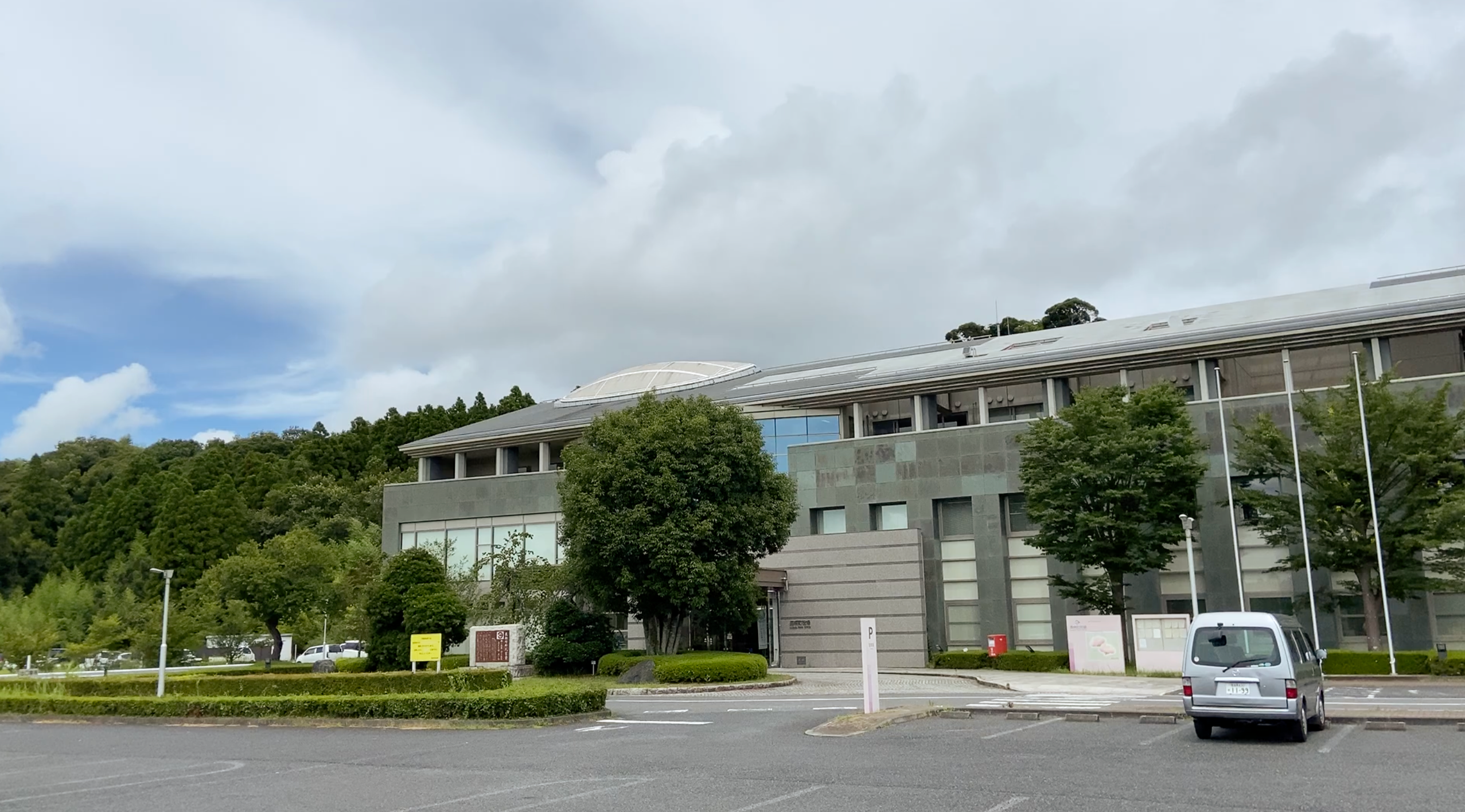
One local government initiative to reduce the number of akiya is the akiya bank.
Akiya banks are essentially a list of available properties in their locality.
Governments run these programs to boost immigration and revitalise their communities.
As such, the activities and policies of akiya banks differ from region to region.
Some akiya bank houses are for sale, some are for rent, though there are often criteria, such as the prospective owners’ age, number of children, or the house being the primary residence, in order to obtain these properties.
In addition, there may be subsidies or grants available to help renovate properties to a more comfortable level..
You can find information on akiya banks at local government websites; there is often an employee responsible for managing the akiya bank.
We bought our house via koubai (公売), public auction. You can read about our process here.
Essentially, these are properties that have been claimed by the government for outstanding tax debts, and are subsequently auctioned off to recoup some of the money owed.
Debts are wiped clean so you do not inherit the debt when you purchase the property.
Note that purchasing a house in this way has its risks.
For example, you cannot inspect the property before buying, and you must pay for the property in full within two weeks of winning the bid.
While mortgages are possible, if something were to hold up the funds from being released, you would still need to pay for the property by the deadline, using cash, or lose the property and your deposit.
And though these houses are usually unoccupied, some may have people residing in them. I’d certainly avoid those!
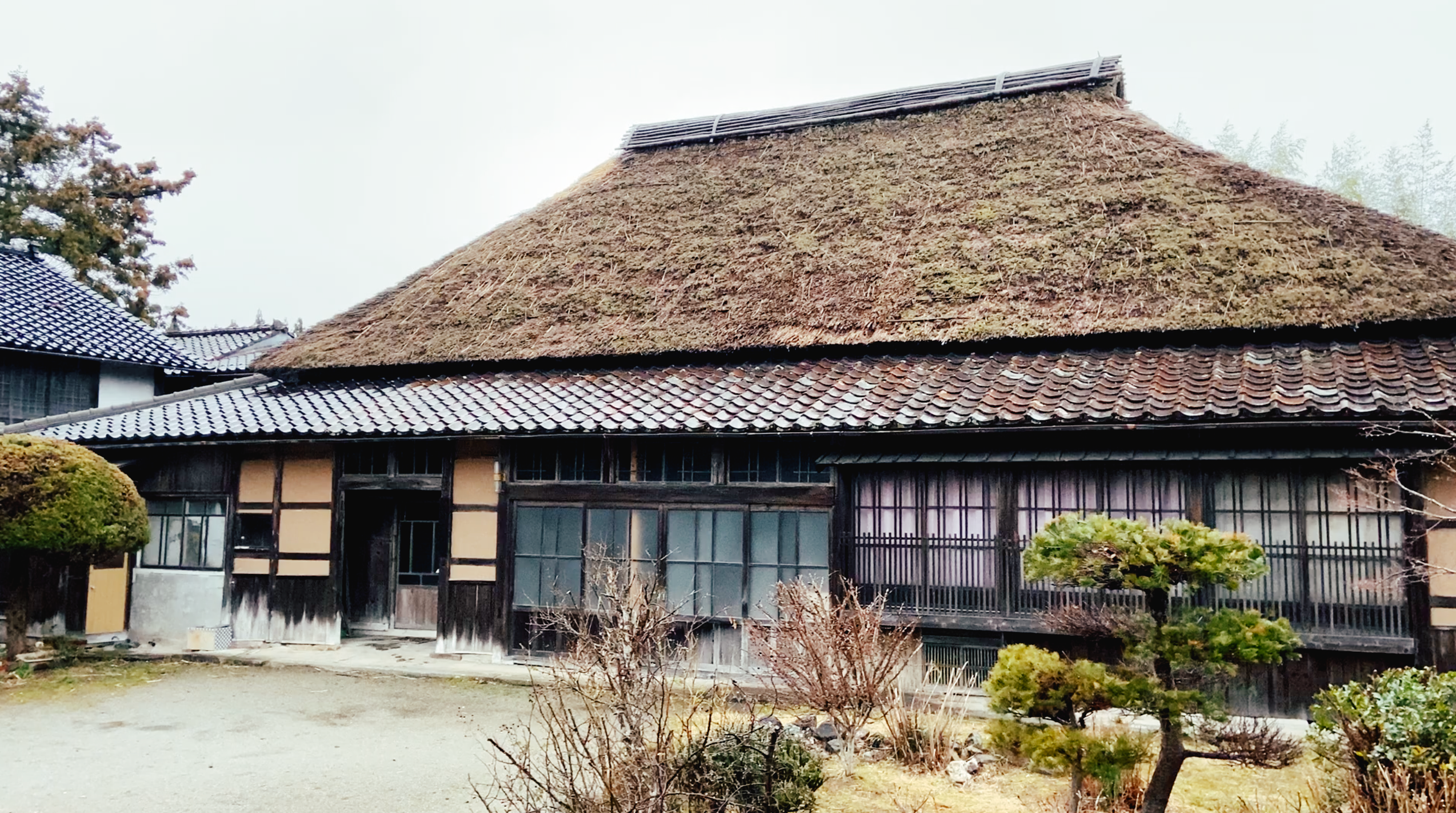
Minka (民家), also known as kominka (古民家), are the traditional folk houses commonly seen in the Japanese countryside and also in cities, such as Kyoto’s machiya. There are different styles of minka from different periods but typically they are constructed using Japanese traditional wood joinery techniques.
In rural areas, farmhouses, like our house, usually feature large tiled or thatched roofs, long hallways and traditionally, tatami mats and shoji screens.
These houses are popular with foreigners from cultures that generally appreciate old houses.
But Japanese people are also starting to rediscover the beauty in these old buildings.
However, minka can be expensive to renovate if trying to bring up to a modern standard in rooms like the kitchen and bathroom. Renovation will likely require completely new electrical wiring, plumbing and insulation.
Therefore, renovations can cost from millions to tens of millions of yen – the cost of a new house.
There are thousands of beautiful minka sitting vacant throughout Japan, many over a hundred years old, and in need of preservation, whether as a home, cafe or other use.
You can look for minka through akiya banks, regular real estate agents, specialist minka agencies, and by word of mouth.
Please note: these links are being provided as a convenience and for informational purposes only; they do not constitute an endorsement
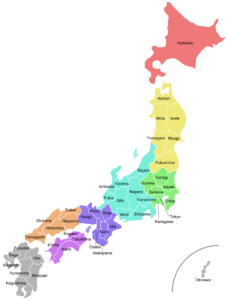 Akiya banks tend to be managed at the municipal level. There are 47 prefectures in Japan and over 1,700 municipalities. However, as some towns within municipalities also have their own akiya banks, there are too many to list individually.
Akiya banks tend to be managed at the municipal level. There are 47 prefectures in Japan and over 1,700 municipalities. However, as some towns within municipalities also have their own akiya banks, there are too many to list individually.
So, when searching for a property, first decide on the region, then narrow down to a list of municipalities, while checking whether specific towns within those municipalities have their own listings.
You can search google in Japanese using the terms “空き家バンク” plus the name of the municipality or town.
For example, “空き家バンク 長野市” brings up the Nagano City Akiya Bank as the top result. Searching for the akiya bank in Daigo Town, Hitachiōta City, Ibaraki, “空き家バンク大子町” gives you Daigo’s akiya bank.
By the way, Daigo’s a lovely spot. I’ve been camping there.
Note that when communicating with akiya banks you are most likely going to need to speak Japanese.
Some of the mainstream Japanese real estate websites have akiya bank listings from around the country, however, they do not contain every single property in listed in the regional akiya banks.
For example, none of Daigo Town’s akiya bank properties above appear in the links below:
Tax offices used to use Yahoo Auctions to conduct online public auctions, but these have now moved to KSI Kankocho: https://kankocho.jp/
In addition, the National Tax Agency also auctions some properties: https://www.koubai.nta.go.jp/
But not all public auctions are carried out online, some are conducted in person, like we did at the Ibaraki tax offices.
These can be a bit tricker to find as the departments responsible have different names from region to region. There are some listed at municipal levels, too.
To search for complete listings of prefectural public auctions through the tax department search for “公売 税務” and prefecture/city, or words to that effect.
Japan Minka Revival Association Minka Bank: https://minka.or.jp/minkabank
Kominka Smile: http://kominka.net
Koryoya: https://www.koryoya.com
You can also find minka at mainstream real estate websites and of course at local real estate agents:
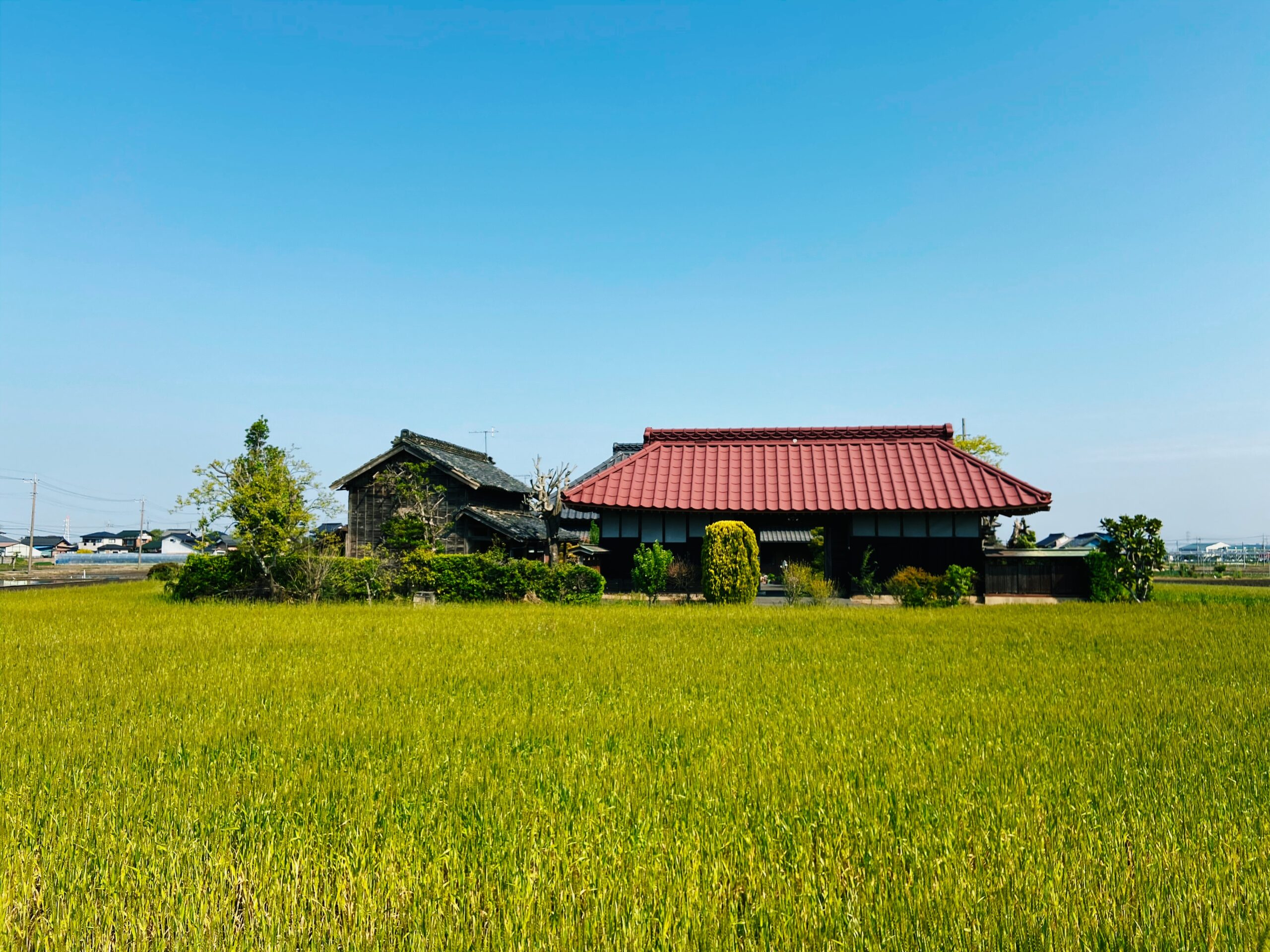
There are a number of websites advertising properties that are geared towards rural living. It seems to be a growing movement in Japan!
Inaka Gurashi: https://inakakurashi.jp
Inaka Net: http://www.inakanet.jp
Furusato Jouhoukan: https://furusato-net.co.jp/bukken/
Slow Life: https://www.slowlife1.com
Zero Estate (all properties are 0 yen!): https://zero.estate
Cheap Houses Japan (subscription to monthly selected listings of cheap houses in Japan):
Akiya & Inaka: https://www.akiyainaka.com
We Bought an Abandoned House in Japan, Interior, Everything Left Inside
Abandoned Japanese House to Dream Home | FOUR YEAR Renovation Time Lapse | Before & After
How We Bought Our Abandoned House in Japan | Process, Costs, Risks, Finance, How to Find One
We Bought an Abandoned House in Japan, Exterior | Tractor, 2 Cars, Farm Tools Left Behind
Winter in a Japanese House | Tokyo Llama
What's Under Our Japanese House?
| Cookie | Duration | Description |
|---|---|---|
| cookielawinfo-checkbox-advertisement | 1 year | Set by the GDPR Cookie Consent plugin, this cookie is used to record the user consent for the cookies in the "Advertisement" category . |
| cookielawinfo-checkbox-analytics | 11 months | This cookie is set by GDPR Cookie Consent plugin. The cookie is used to store the user consent for the cookies in the category "Analytics". |
| cookielawinfo-checkbox-functional | 11 months | The cookie is set by GDPR cookie consent to record the user consent for the cookies in the category "Functional". |
| cookielawinfo-checkbox-necessary | 11 months | This cookie is set by GDPR Cookie Consent plugin. The cookies is used to store the user consent for the cookies in the category "Necessary". |
| cookielawinfo-checkbox-others | 11 months | This cookie is set by GDPR Cookie Consent plugin. The cookie is used to store the user consent for the cookies in the category "Other. |
| cookielawinfo-checkbox-performance | 11 months | This cookie is set by GDPR Cookie Consent plugin. The cookie is used to store the user consent for the cookies in the category "Performance". |
| CookieLawInfoConsent | 1 year | Records the default button state of the corresponding category & the status of CCPA. It works only in coordination with the primary cookie. |
| elementor | never | This cookie is used by the website's WordPress theme. It allows the website owner to implement or change the website's content in real-time. |
| PHPSESSID | session | This cookie is native to PHP applications. The cookie is used to store and identify a users' unique session ID for the purpose of managing user session on the website. The cookie is a session cookies and is deleted when all the browser windows are closed. |
| viewed_cookie_policy | 11 months | The cookie is set by the GDPR Cookie Consent plugin and is used to store whether or not user has consented to the use of cookies. It does not store any personal data. |
| Cookie | Duration | Description |
|---|---|---|
| __gads | 1 year 24 days | The __gads cookie, set by Google, is stored under DoubleClick domain and tracks the number of times users see an advert, measures the success of the campaign and calculates its revenue. This cookie can only be read from the domain they are set on and will not track any data while browsing through other sites. |
| _ga | 2 years | The _ga cookie, installed by Google Analytics, calculates visitor, session and campaign data and also keeps track of site usage for the site's analytics report. The cookie stores information anonymously and assigns a randomly generated number to recognize unique visitors. |
| _ga_0W8EQVVCXN | 2 years | This cookie is installed by Google Analytics. |
| _gat_gtag_UA_219988377_1 | 1 minute | Set by Google to distinguish users. |
| _gid | 1 day | Installed by Google Analytics, _gid cookie stores information on how visitors use a website, while also creating an analytics report of the website's performance. Some of the data that are collected include the number of visitors, their source, and the pages they visit anonymously. |
| CONSENT | 2 years | YouTube sets this cookie via embedded youtube-videos and registers anonymous statistical data. |
| Cookie | Duration | Description |
|---|---|---|
| test_cookie | 15 minutes | The test_cookie is set by doubleclick.net and is used to determine if the user's browser supports cookies. |
| VISITOR_INFO1_LIVE | 5 months 27 days | A cookie set by YouTube to measure bandwidth that determines whether the user gets the new or old player interface. |
| YSC | session | YSC cookie is set by Youtube and is used to track the views of embedded videos on Youtube pages. |
| yt-remote-connected-devices | never | YouTube sets this cookie to store the video preferences of the user using embedded YouTube video. |
| yt-remote-device-id | never | YouTube sets this cookie to store the video preferences of the user using embedded YouTube video. |
